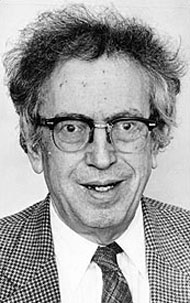was deemed inappropriate and Apple attempted to censor Berry's graphic novel - an outrageous throwback to when Ulysses was first taken to court for obscenity almost a century ago. Luckily, Berry and Ulysses Seen prevailed, and the image remains in the app. All this caused quite a fuss, though I will admit, much more in the iPad than the Joycean community!
The less-known but equally exciting Joyce imaging being produced right now is Stephen Crowe's illustration of Finnegans Wake at Wake in Progress. He is putting together some amazing work, choosing to highlight certain passages of the book in a true Joycean manner, utilizing different styles for each image. The opening line of the book evokes medieval manuscripts:
The less-known but equally exciting Joyce imaging being produced right now is Stephen Crowe's illustration of Finnegans Wake at Wake in Progress. He is putting together some amazing work, choosing to highlight certain passages of the book in a true Joycean manner, utilizing different styles for each image. The opening line of the book evokes medieval manuscripts:
This is actually a very interesting choice, illuminating the "r" of "riverrun" - especially choosing to use the capital letter. If you only know one thing about Finnegans Wake (okay, two things, since everyone knows it's long and nearly incomprehensible!) it's that the book begins mid-sentence with a lowercase letter and ends mid-sentence with no punctuation, serving as an invitation to begin the story again, and reinforcing the idea of the textual rivverrun - the flow of words in a continually moving stream despite the book's being set in print. In recreating the medieval illuminated manuscript, Crowe is directly stepping away from this feature of the text, but is interestingly evoking the "Oxen of the Sun" episode of Ulysses, where the history of the English language is recreated through the twinning of text and time: as the text flows from page to page, the language subtly shifts from the Old English ("deshil holles eamus") that begins the chapter, to Middle English ("rising with swire ywimpled"), through to modern slang ("who the sooty hell's the johnny in the black duds?"). Crowe then moves on to much more modern, industrial images, following the "Oxen of the Sun" language shift:
In another image, Crowe focuses on creative inking to intertwine text and image, as the words of Finnegans Wake morph into both poem and and visual art: the movement of text as seen in the English words, and the use of the non-Latin based characters to create the ground, smokestack and tree:
His blog has many more wonderful images, both for readers of the Wake and for any art enthusiast! A lot of these would look wonderful on a wall, I think, though he unfortunately doesn't have a store (yet). Not to worry - Postertext, which makes posters using the text of famous books (Pride and Prejudice, Metamorphosis, Peter Pan...) and featuring a silhouetted image, has just released a Ulysses poster:
Thanks, world, for making all of this wonderful art! But maybe put the brakes on a bit until I move into a house with more wall space.





